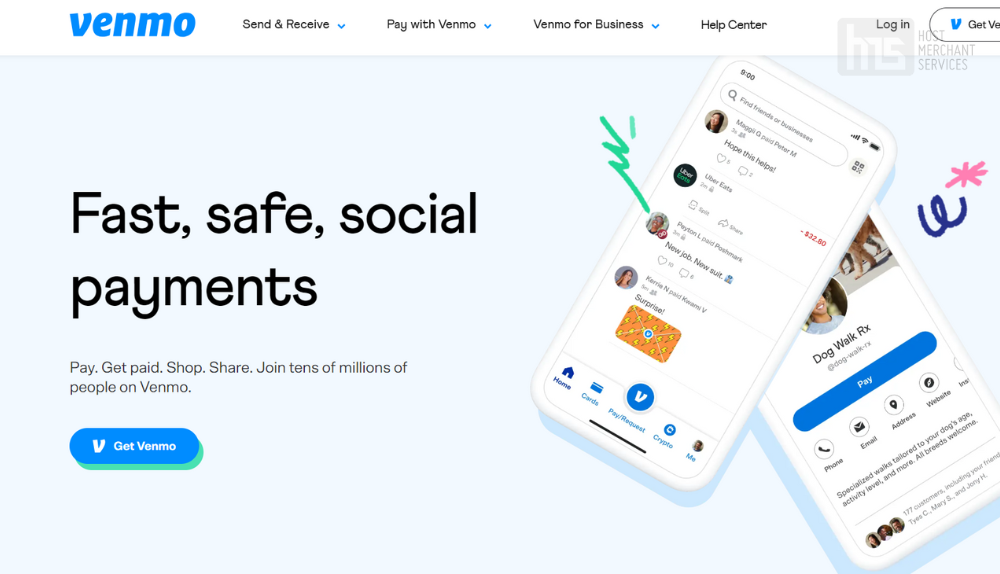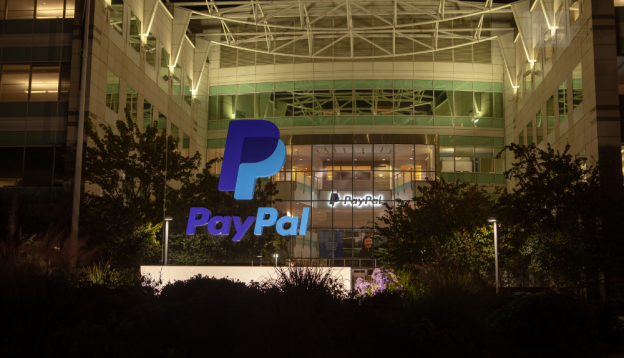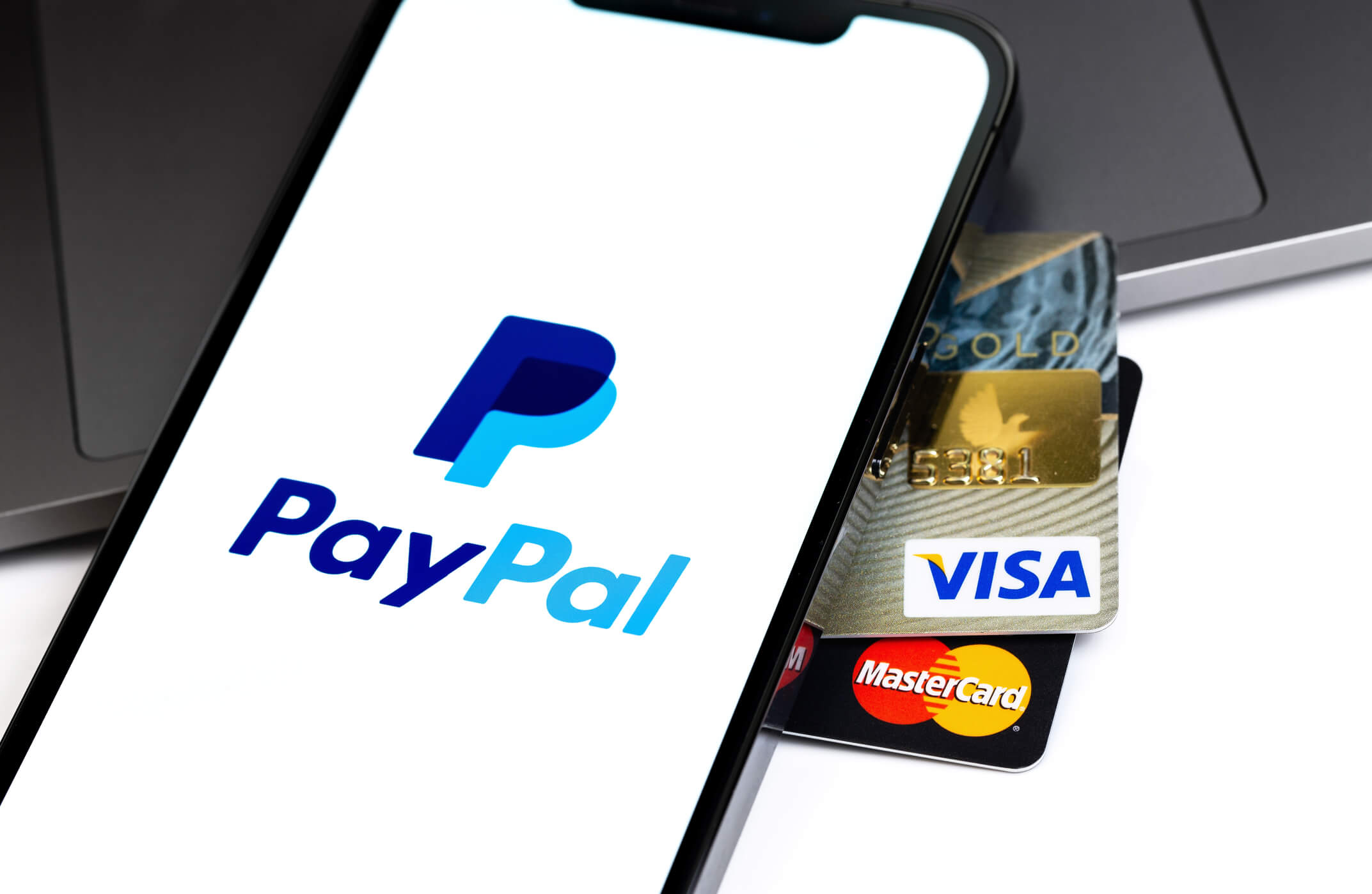If clearing the mortgage seems challenging, paying through a credit card might seem a viable option. It also gives you some time to pay your mortgage and then clear your credit card bills over time. With all the rewards and signup bonuses, the idea of paying your mortgage using your credit card may sound tempting. But don’t make the decision without calculating other costs. There’s a fee included and interest if you delay the payment of bills.
In this post, we are going to answer your questions about whether can you pay your mortgage with a credit card, its cost, and other crucial factors. Let’s get started.
While that can be costly, we can’t ignore the sizable bonus that every first-time credit card user is eligible for and the plethora of rewards you can collect for every spending. But is that really a good option? And do mortgage companies allow you to pay using your credit card? Most importantly, does the card network accept that?
Is It Allowed to Pay Your Mortgage With A Credit Card?

You get to choose how you pay the mortgage. Perhaps, you will think that using credit cards to pay the loan can give you some time to repay the money, as long as you can pay your credit card bills regularly. Moreover, you can easily rack up reward points on credit cards and save significantly on these expenses.
However, you are borrowing another loan just to repay the loan you had borrowed from the bank. Whether or not you can do that depends on your card issuers and the card network, such as Visa, American Express, and MasterCard.
First things first, you can pay your mortgage with your credit cards, but not directly. You need to pay it through a payment service, but that comes with added fees, which can outweigh the rewards and bonuses you get from the credit card. That said, using credit cards to pay off your mortgage can make sense in some cases even if that means you will pay extra in fees. Still, it’s advisable to think your decision through before paying with a credit card.
Is It a Good Choice?
Even if you manage to pay your mortgage through your credit card, it might not be good for your budget or your credit score either. It’s important to consider all factors before choosing a credit card for your mortgage payments.
Fee and Rewards
You might want to consider paying your mortgage through your credit cards if you can earn rewards on the significant monthly payments. But you also need to factor in the fee you will pay to the payment service provider who will facilitate mortgage payments through credit cards for you. Suppose, you are making a payment of $3,000 using your card for each mortgage payment and the processing fee for each transaction is 2.5%. This means you pay $87 extra on every mortgage payment.
The reward you earn from these cards varies significantly depending on the card network and their reward rate. There’s a very little chance that the rate is higher than the processing fees. Of course, there’s a signup bonus that might cover your processing fee. The signup bonus comes with minimum spending conditions, which you can easily meet by paying your mortgage through the card. If the signup bonus is more than the processing fee and can save you significantly on your card payments, then paying your mortgage with a credit card makes sense.
Suppose you are getting a welcome bonus of 70,000 points, but to claim the bonus, you must spend $5,000 using your new credit card within a month. You can use your mortgage payment to meet this threshold and qualify for the whopping welcome bonus, even if that means you’d incur a processing fee. Besides, it’s worth paying your mortgage using credit cards if the rate of rewards on the card exceeds the processing fee.
For instance, let’s say the processing fee for each mortgage payment is 2%, while you get a flat 2.5% cashback on every card transaction. The best you can do is pay your mortgage through a credit card, pay the credit card bills monthly, and save 0.5% in rewards. This means, for every $1,000 spent on mortgage payments, you can pocket the $5.
Check Interest
Using your credit cards to pay the bills does not make sense if you can’t pay the card bills on time. There is a fixed interest applicable to late payments, and that can go up to 18% and higher depending on the card network you choose.
Paying a mortgage through credit cards does not make sense if your interest rate is ridiculously high and you are not certain you can pay the bills on time. Incurring interest on late payments is a recipe for financial disaster. So, if you are using cards, make sure the card network charges reasonable interest. Also, consider this option only if you have a stable source of revenue and you can pay your bills timely.
Remember, if you don’t have sufficient balance in your bank to pay your card bills and have piled up interest with processing fees, all the benefits of using credit cards for paying your mortgage will go out the window. You’ll rather end up paying more than you should.
Check With Each Party
To be able to pay your mortgage with credit cards, you need to ensure that each party involved in the process is in line with your goals. For instance, this involves the mortgage company, credit card issuer, and payment service provider. There’s a possibility the card network might allow you to use the card for loan payments, but the mortgage provider may not accept it or vice versa.
Usually, Visa and Mastercard allow cardholders to pay mortgages using their debit and credit cards, but Bank of America does not. Wells Fargo, on the other hand, allows mortgage payment so long as the mortgage company accepts that. You need to work with the card issuer, card network, mortgage company, and payment service provider to see if they allow mortgage payments using credit cards.
Pros and Cons of Paying Mortgage with Credit Cards

As mentioned previously, paying your mortgage using a credit card can be beneficial for some and an unnecessary expense for those who pay a higher fee than the rewards they collect on the spending. Let’s take a look at the pros and cons of mortgage payment with credit cards so you can decide whether or not it’s a good idea.
Pros
- You will be eligible for the credit card rewards and a whopping sign-up bonus
- It’s easy to meet the conditions of the bonus with your mortgage payment
- Improve your credit score if you pay the card bills on time
- Save significantly on your mortgage payment
Cons
- You need to find a payment service provider, as mortgage companies do not accept payments through credit cards directly.
- Using cards for mortgage payments can lead to a financial disaster, as not being able to pay your credit card bills can raise your dues significantly.
- A fixed credit card processing fee, which is an additional and unnecessary expense for cardholders.
How Does It Work?

The worst part about the method discussed above is that lenders do not accept payments through credit cards, which means your only option is to find a payment service provider who accepts the credit card and issues a check on your behalf to the mortgage company. The next step is to check with your card network and card issuer to know whether or not they allow you to use credit cards for payments.
Earlier we mentioned how you can use some credit cards to clear your mortgage payments, but that isn’t applicable to all card networks. Some card companies might decline your request of using the card for paying your mortgage. Even if they accept, your issuing bank might decline your request. Once you have checked everything, you need to talk to your payment service provider about the fee they will charge for issuing a check. The fee will appear on your bill.
Make sure you pay your credit card bills in full and regularly, as missing even a single payment will not just incur a hefty interest, but can negatively affect your credit score. Besides, you do not want to incur interest on the card when you are already paying interest on a mortgage.
Conclusion
Paying your mortgage with a credit card is a good choice given that the rewards are higher than the processing fee and you are sure you can repay the bills on time. You need to consider your budget and the card fee before anything. However, if you are putting a lot of money on your credit card, adding a mortgage to the list might not be a very good decision. Remember, you don’t want to hurt your credit score and you certainly don’t want the burden of interest and fees on top of the mortgage payments.








